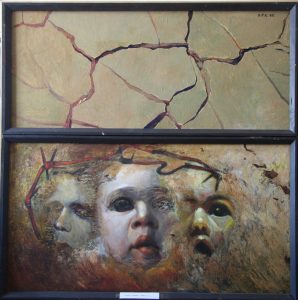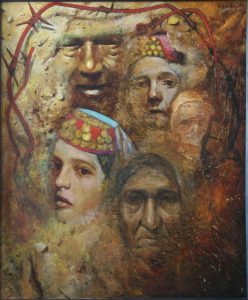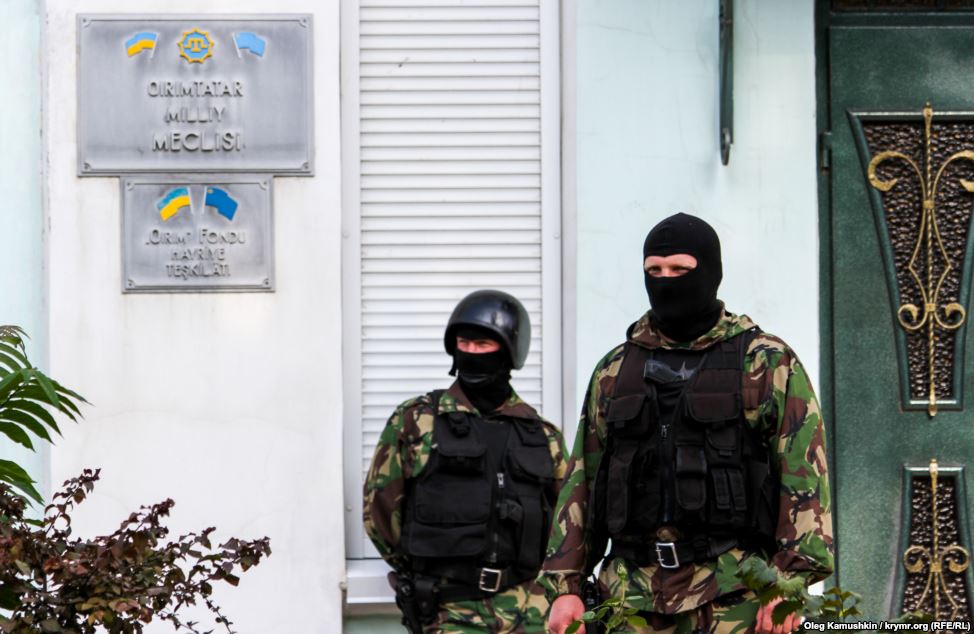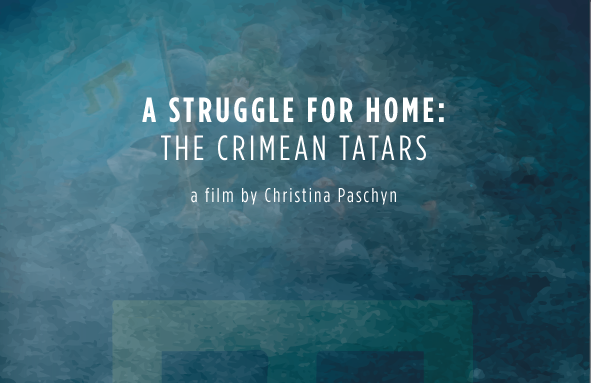Thousands of Crimean Tatars died in exile in Central Asia and only a few were able to return when the Soviet Union collapsed. The lack of accommodation and food, harsh climatic conditions and the rapid spread of diseases had a heavy demographic impact during the first years of their exile. According to surveys conducted by Crimean Tatar activists, more than 109,956 (46.2%) Crimean Tatars of the 238,500 deportees died of starvation and disease between July 1, 1944 and January 1, 1947.
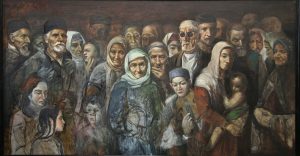
On May 10, 1944, Lavrentiy Beria, the notorious chief of the NKVD (Soviet security and secret police), recommended to Stalin that the Crimean Tatars should be deported for their “traitorous actions and behaviour” and their “total collaboration” during the Nazi occupation of Crimea. Stalin then issued GKO Order No.5859ss, banishing the Crimean Tatars from their homeland and resettling them “permanently as special settlers” in the regions of the Uzbek SSR.


The deportation lasted three days, from May 18-20, 1944. NKVD agents went house to house collecting Crimean Tatars at gunpoint and forcing them to board cattle trains that would transfer them to remote locations in the Uzbek SSR, almost 4,000 kilometres away from their homeland. The families were allowed to take up to 500 kg of their belongings. On June 27-28, 1944, another wave of exile and resettlement of Crimean Tatars was carried out during the deportation of Armenian, Bulgarians and Greeks.



It was not until Perestroika and Mikhail Gorbachev’s ascent to power in the late 1980s that things started to change. The surviving Crimean Tatar families gradually returned and lived peacefully on the peninsula until the illegal occupation of Crimea by Russian forces in February 2014.
As of 2014 and to this day, history is being repeated as the Crimean Tatar people continue to face persecution and the curtailment of human rights and fundamental freedoms by the Russian occupying forces.
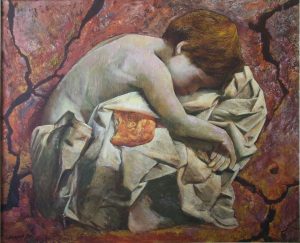
Crimean Tatar artist and member of the Union of Artists of Ukraine Rustem Eminov was born in 1950 in Tashkent, Uzbekistan. His family was forced to leave Crimea and was resettled in far-away Central Asia. It was not until the breakup of the Soviet Union that Eminov was finally able to return to his homeland.

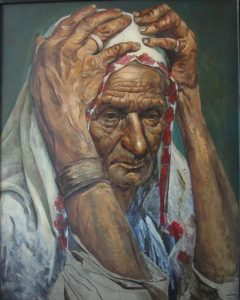
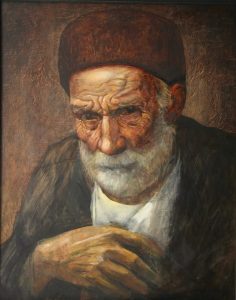
Rustem Eminov’s series of paintings – called Unutma (Remember) – focuses on the horror and pain of deportation. He tells the story of a people who survived a terrible tragedy and were finally allowed to return. The grief-stricken faces of the elderly, the women in whose eyes suffering, horror and sorrow are forever etched in Crimean memory, the children whose sorrowful eyes look towards a homeland that they have never seen – all this and more are reflected in his poignant paintings. Eminov has also written poems and memoirs about this tragedy:
Боль, что впитал я с самого рожденья,
Боль за бесправный и униженный народ.
Она с годами стала наважденьем,
Лишила сна, покоя не дает…
***********************************************
The pain that I have suffered since my birth,
Pain for my oppressed and humiliated people,
Pain that has stalked me for so many years,
Depriving me of sleep, robbing me of peaceful rest…
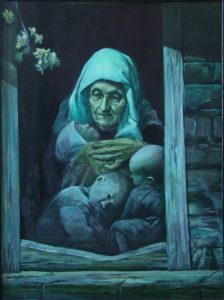
The Unutma series was used in the design of the online museum of the deportation of Crimean Tatars – Tamirlar. The museum is asking Crimean Tatar families everywhere to speak to their grandparents, record the conversations on video and send them to the museum.

